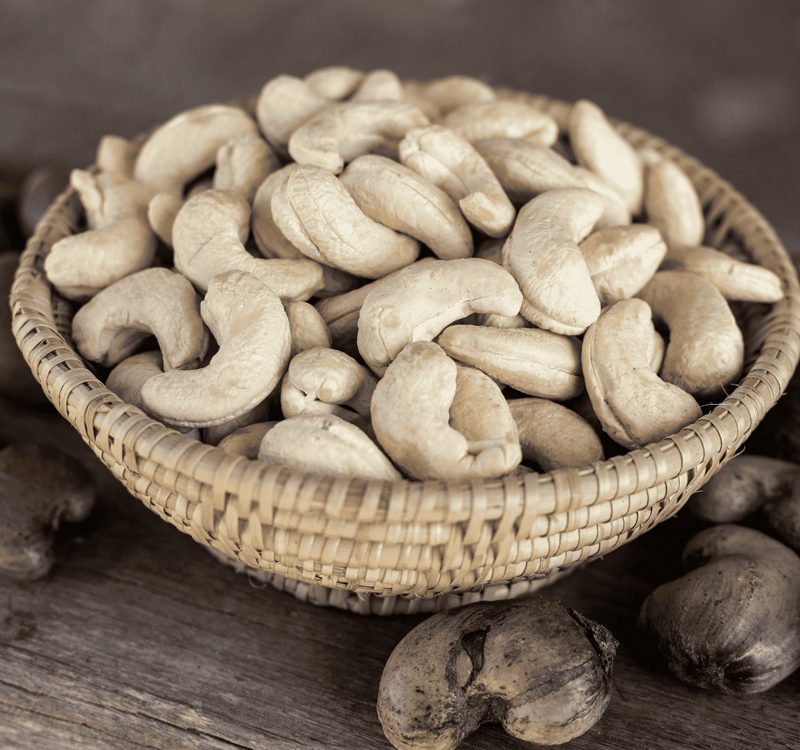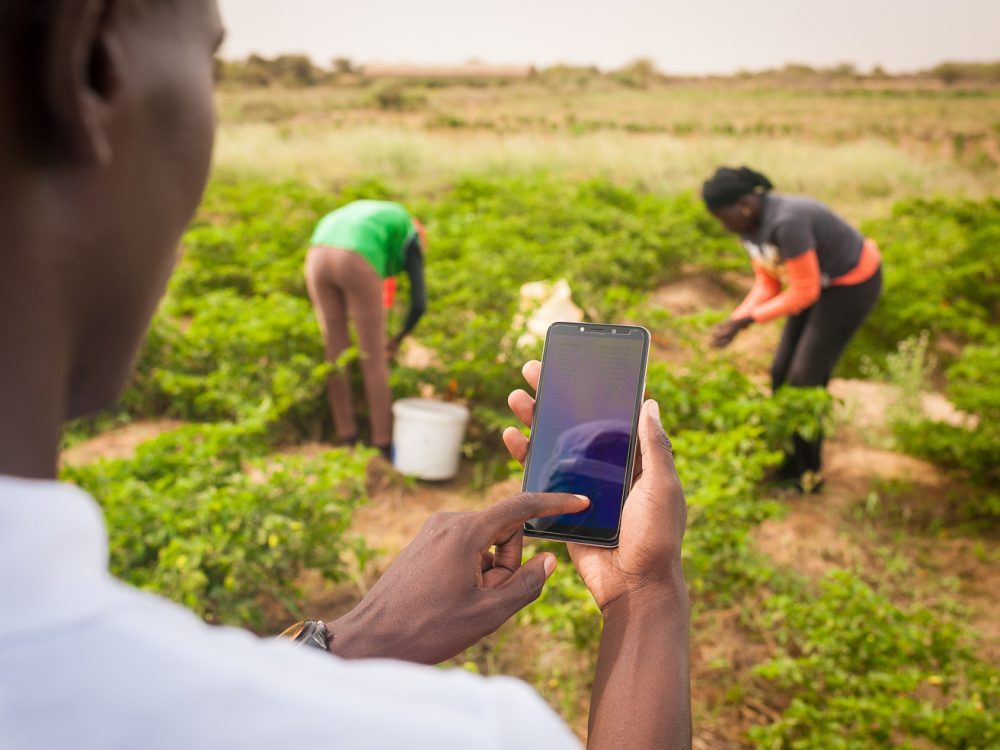What Makes Big Data Good Data?
No one would argue that we shouldn’t make better use of the data that we have, and it’s generally agreed that visualizations can help make data more easily understood. However, Linda Raftree points out that some dashboards more effectively display data than others. Raftree explains why some dashboards fail, while others are used for making more strategic decisions.
Key points that I especially enjoyed include:
- There is more than one type of decision-maker; know who will be using the dashboard so you can tailor it to their needs.
- Decision-makers might not know exactly what they want, so find out what kind of decisions they are trying to make.
- Dashboards may point out how bad their data is and spur a desire to collect better data.
A good dashboard can help improve and speed up decision making when users are collecting the right data and integrating it into regular processes. For example, one US city’s parks department detailed how dashboards were able to help them monitor their work while on a tight budget.
On the blogosphere, one author is unimpressed by the quality of data that comes out of program monitoring; perhaps a good public dashboard will spark a desire to improve M&E data quality. The argument is sound, if you want to learn from the data collect, you must make sure the data is sound.
Erica Hagen of GroundTruth Initiative argues that it doesn’t just matter if you have good data, but it is essential to consider how that data got to be there and which perspective it reflects. What is important or understood from a local’s perspective might be disregarded or misinterpreted by someone who doesn’t understand the context. For instance, OpenStreetMap geotagging starts at the street level and is shaped by local knowledge and doesn’t come from outsiders who only have a birds eye-view. This is important if we plan to use maps for alleviating poverty, responding to disasters, achieving transparency, etc.
If you happen to be interested in using a mixture of online and offline maps, check out the new Field Papers website. This interesting project allows you to download and print an atlas from OpenStreetMap, scribble comments and notes all over, and then re-upload it to attach it to your atlas online.
This piece was originally posted on the First Tranche. Image from Erica Hagen.
Share This Post
Related from our library

Introducing The HackCorruption Civic Tech Tools Repository
Introducing the Civic Tech Tools Repository: an open-source hub of digital solutions to fight corruption. Designed for growth through GitHub contributions, it brings together tools, code, and resources across six key areas for HackCorruption teams and beyond.

Building a Sustainable Cashew Sector in West Africa Through Data and Collaboration
Cashew-IN project came to an end in August 2024 after four years of working with government agencies, producers, traders, processors, and development partners in the five implementing countries to co-create an online tool aimed to inform, support, promote, and strengthen Africa’s cashew industry. This blog outlines some of the key project highlights, including some of the challenges we faced, lessons learned, success stories, and identified opportunities for a more competitive cashew sector in West Africa.

Digital Transformation for Public Value: Development Gateway’s Insights from Agriculture & Open Contracting
In today’s fast-evolving world, governments and public organizations are under more pressure than ever before to deliver efficient, transparent services that align with public expectations. In this blog, we delve into the key concepts behind digital transformation and how it can enhance public value by promoting transparency, informing policy, and supporting evidence-based decision-making.